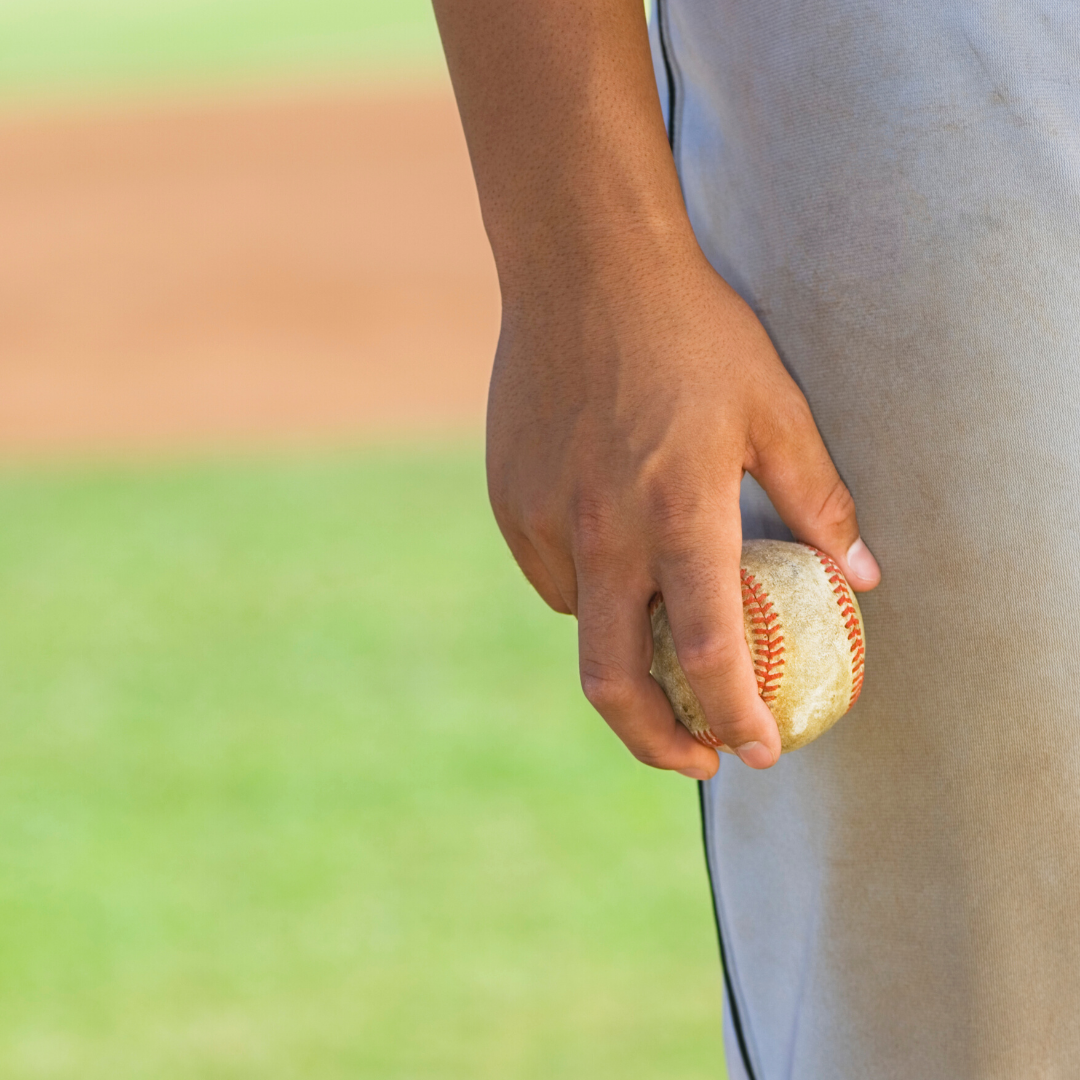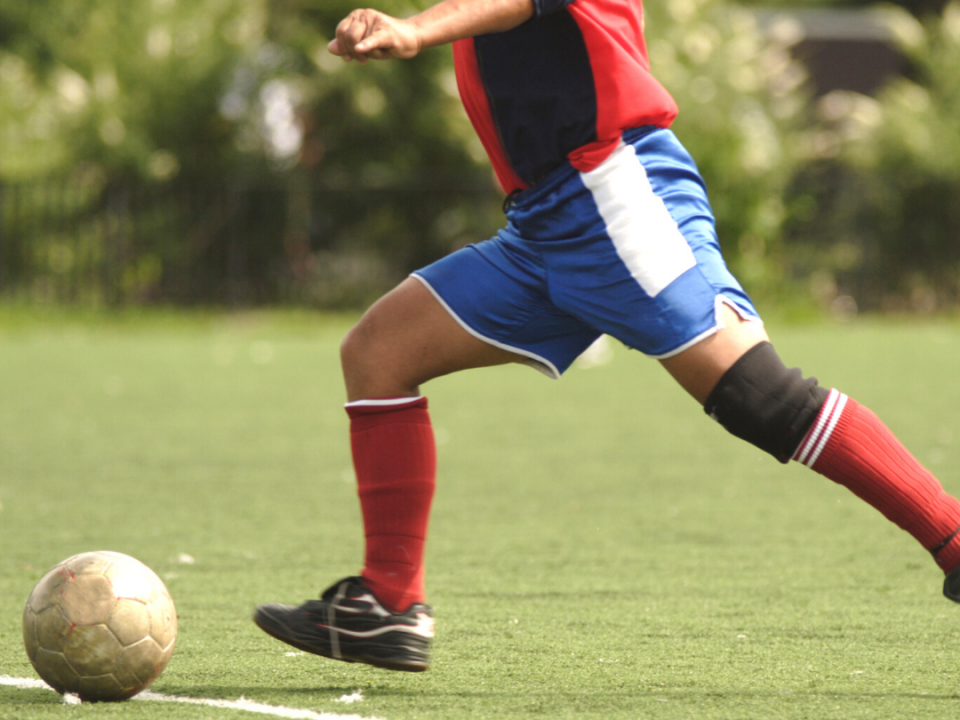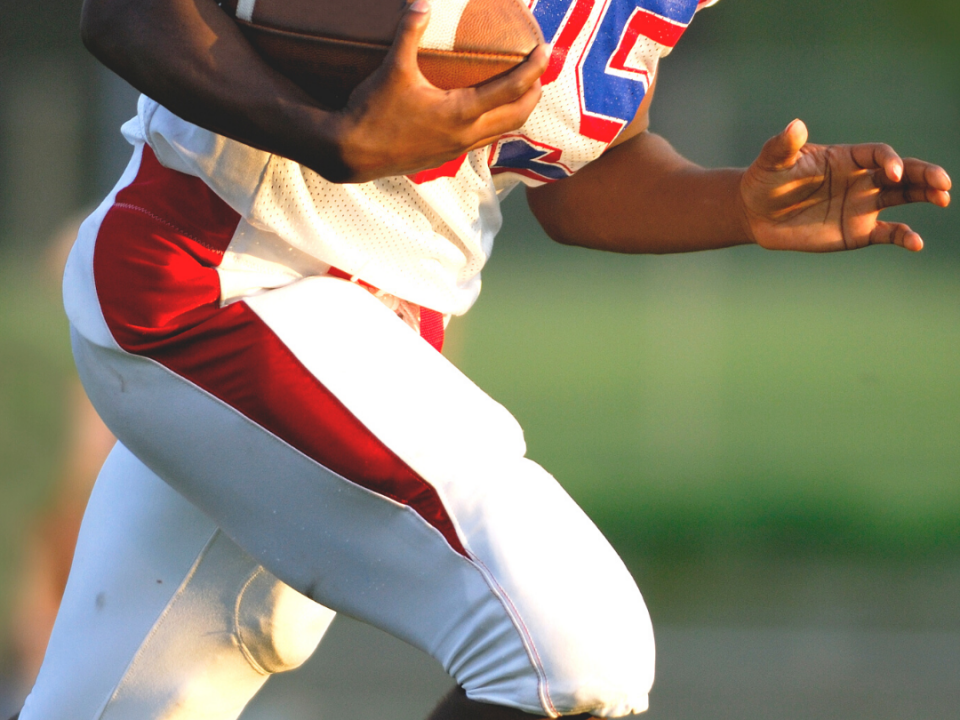Forbes: Another Year, Another Injury For Dodgers’ Clayton Kershaw: How Long Will Biceps Injury Sideline Him?
May 11, 2018Forbes: Don’t Worry, Egypt: Mohamed Salah’s Shoulder Injury Shouldn’t Keep Him Out Of World Cup
June 1, 2018
With about a minute left in Game 5 of the Western Conference finals against the Golden State Warriors, Houston Rockets star guard Chris Paul injured his right hamstring. Paul felt “a twinge” in the back of his right thigh when landing after a jumper, and it was still “really sore” later that night. Unfortunately for Paul, this is not an uncommon injury, as he has been sidelined by a hamstring injury on several other occasions during his career.
Many of you are quite familiar with hamstring injuries and may have even suffered one of your own. The issue for Chris Paul is how quickly he will be able to return. He has already been ruled out for Game 6, but is Game 7, if played, a possibility?
The hamstring muscles run down the back of the thigh from the bottom of the pelvis, crossing the knee joint and attaching at the proximal anterior aspect of the tibia (leg bone). Three individual muscles (Semimembranosus, Semitendinosus, Biceps Femoris) make up the hamstring muscle group. Together, they function to extend the leg straight and bend the knee.
Given the role they play in sports, it is not surprising that hamstring injuries are among the most common injuries in most professional sports. A hamstring injury can range from a pull to a partial tear to a complete tear, and is graded on the severity:
-
Grade 1: mild and heals readily
-
Grade 2: partial tear that requires rehabilitation
-
Grade 3: complete tear that may take months to heal
The most severe hamstring injuries are when the tendon tears completely away from the bone, which is called an avulsion injury. These avulsion injuries require urgent surgery and take months to recover from. Most likely, Paul didn’t completely tear his tendon away from the bone, or his season would be over and there wouldn’t be a discussion about when he will return for these playoffs.
MRIs are used to gauge the severity of the injury and can help prognosticate how long the injury will take to heal. Immediate treatment focuses on maintaining range of motion in the muscles to reduce the chances of scar tissue and fiber weaknesses in the future. Factors that increase the risk of this injury are muscle tightness, muscle imbalance, muscle weakness, muscle fatigue, and repetitive quick-twitch movements.
Even a mild injury may take a few days to heal, or even a week, making the rest of this series doubtful for Paul. And a huge problem in regard to treating athletes with hamstring injuries is the risk of reinjury. If one returns too soon, they may cause more injury to the muscle that would most certainly require a more lengthy recovery period.
Paul is surrounded by an outstanding medical staff in Houston that, along with the player, will have to balance the risks of keeping him out too long and returning too soon. I, personally, would be surprised to see him back for Game 7. That said, Paul (and other professional athletes) do have an amazing capacity to heal and play through pain, so I hope I am wrong.






